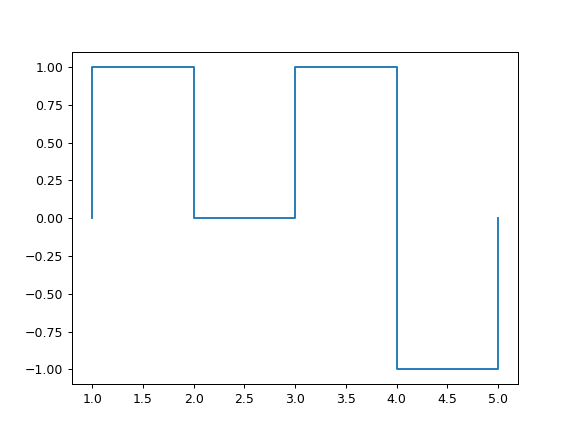staircase.Stairs.max¶
-
Stairs.max(lower=-inf, upper=inf, lower_how='right', upper_how='left')¶ Calculates the maximum value of the step function
If an interval which to calculate over is specified it is interpreted as a closed interval, with lower_how and upper_how indicating how the step function should be evaluated at the at the endpoints of the interval.
Parameters: - lower (int, float or pandas.Timestamp, optional) – lower bound of the interval on which to perform the calculation
- upper (int, float or pandas.Timestamp, optional) – upper bound of the interval on which to perform the calculation
- lower_how ({'left', 'right'}, default 'right') – Determines how the step function should be evaluated at lower. If ‘left’ then \(\lim_{x \to lower^{-}} f(x)\) is included in the calculation.
- upper_how ({'left', 'right'}, default 'left') – Determines how the step function should be evaluated at upper. If ‘right’ then \(\lim_{x \to upper^{+}} f(x)\) is included in the calculation.
Returns: The maximum value of the step function
Return type: float
See also
Examples
>>> s1.plot() >>> s1.max() 1.0 >>> s1.max(4, 5) -1 >>> s1.max(4, 5, lower_how='left') 1 >>> s1.max(4, 5, upper_how='right') 0

